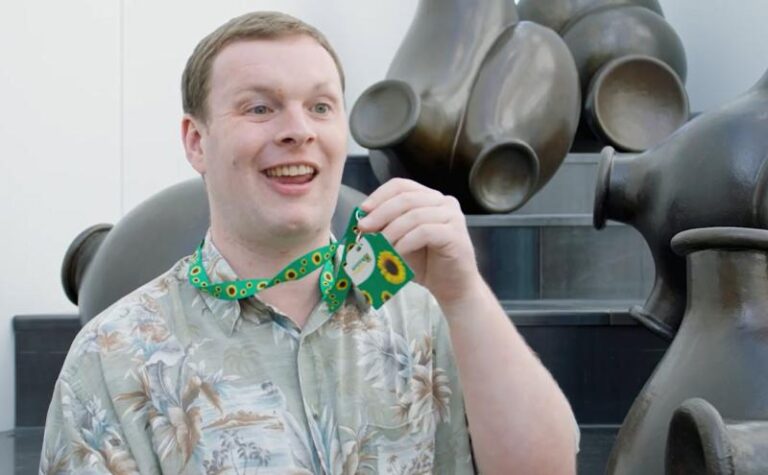Seattle-Tacoma International Airport (SEA) has announced the launch of SEA Access, the new name for the airport’s accessibility program. The announcement coincided with a Port of Seattle Commission Order to commit SEA to becoming one of the nation’s most accessible airports through its operations and upcoming capital construction projects. The program includes a new video showcasing the variety of accessibility services from curb to gate at SEA.
SEA Access is an interdepartmental collaboration that supports the accessibility needs of customers and workers at SEA through accessible facilities, customer service resources and community engagement. Its goal is to create a safe, welcoming and easy travel experience for all. This builds on work that began in 2019, when SEA became the first airport in the United States to launch the sunflower lanyard program for travelers with invisible disabilities.
Port of Seattle Commissioner Hamdi Mohamed said the commitment is visible in the airport’s upcoming capital projects to bring more accessible options from curb to gate. “This includes more sensory rooms, nursing rooms and suites, service animal relief areas, and more. SEA is committed to a ‘nothing about us without us’ approach through the SEA Accessibility Advisory Committee of the disability community and airport stakeholders to consistently elevate our accessibility options.”
SEA is currently in the midst of Upgrade SEA, an investment of around US$1bn per year for the next five years, to update and upgrade its facilities, including accessibility support. For example:
- Zero-grade curb and ramps – In 2023, the Arrivals Drive curb was redesigned to be zero grade so guests could have step-free access from the curb to their vehicles. On the Departures Drive, wheelchair loading zones were created every 30.5m to provide more accessible spots to access the curbside. New ramps are being constructed between Baggage Claim and the Arrivals Drive to provide a shallower slope with landings at the top and bottom.
- Restroom upgrades – SEA opened its first all-gender restroom on the D Concourse in 2023 to allow people of all identities, abilities and circumstances to have access to a common restroom. This also provides additional options for people with disabilities to stay with their caregiver or family member, regardless of gender identity. Upcoming restroom upgrades will also add additional family restrooms and restroom facilities with both baby and adult changing tables.
- Accessible facilities for all – SEA currently offers a sensory room, service animal relief areas, and nursing rooms and suites. Upcoming capital projects, including the C Concourse Expansion, will add additional amenities throughout the airport.
Travelers can plan their journeys through the airport using the SEA Access webpage. Specifically, travelers can:
- Find answers to frequently asked questions, such as information about wheelchair access and links to airline accessibility resources.
- Learn how to access Aira, which helps people who are blind or have low vision navigate the airport, and provides video remote interpretation services for deaf travelers.
- Find out how to obtain a sunflower lanyard for those with invisible disabilities, and prepare for the SEA experience via a social story, resource guide and directions to the sensory room.
- Understand what options are available for security screening through the airport checkpoints via the Transportation Security Administration’s TSA Cares program.
- Identify accessible transportation options, from parking to being dropped off or picked up on the airport drives via taxi, rideshare or other transportation companies.
A cornerstone of the SEA Access program is disability community engagement through the SEA Accessibility Advisory Committee. Featuring a cross-section of disability community members, airline partners and Port of Seattle staff, the committee provides a platform for advice on how SEA can continually improve accessibility for all. Port of Seattle staff also meet regularly with disability community members and staff of disability organization, and are involved with the TSA Disability Working Group and the WA Community of Practice for ADA Coordinators.
For more on accessibility, please click here.

